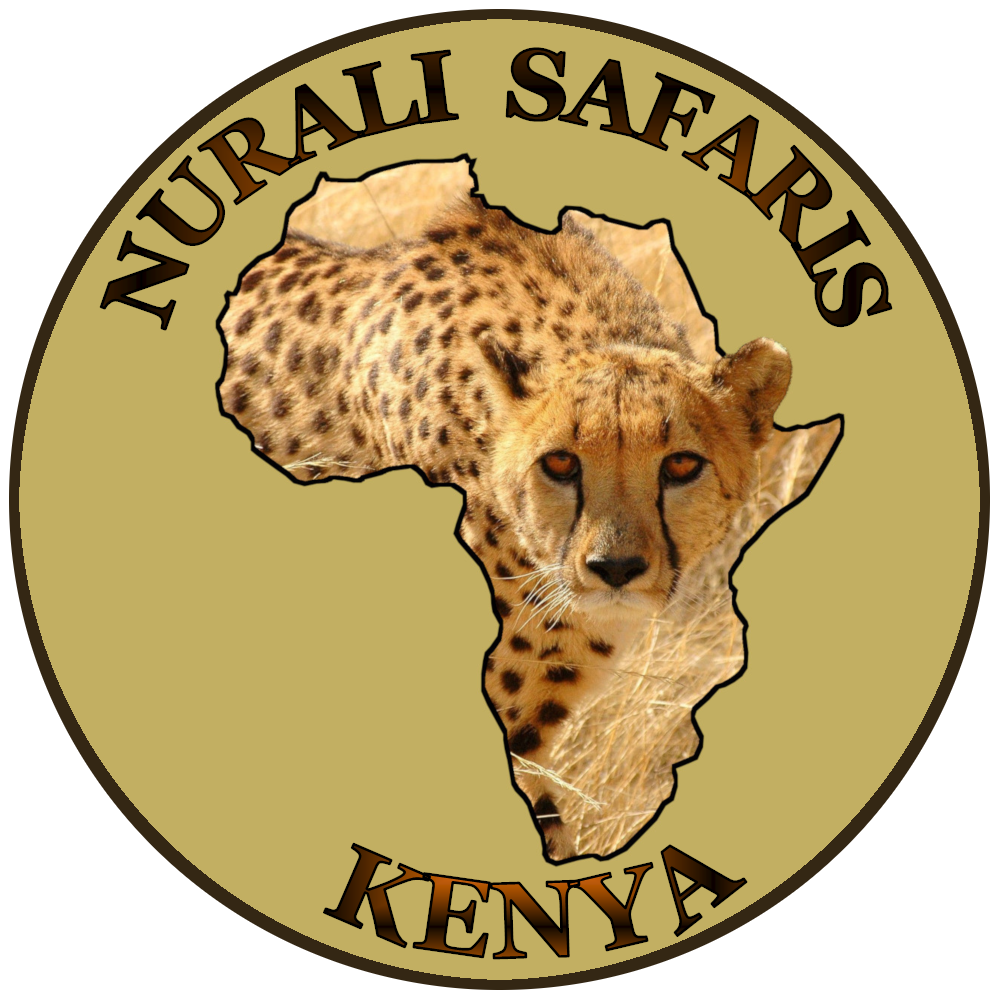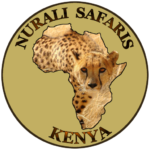Parchi Nazionali
Uno dei posti più incantevoli da visitare è sicuramente il Kenya, nel cuore dell’Africa, che con i suoi panorami mozzafiato, parchi e riserve naturali, regala ai suoi visitatori emozioni uniche.
Nel 1989, un emendamento del Wildlife Act ha dato vita all’organismo parastatale Kenya Wildlife Service (KWS). È stabilito in base a una legge del Parlamento Cap 376 (Legge sulla conservazione e la gestione della fauna selvatica (emendamento 1989) con il mandato di conservare e gestire la fauna selvatica in Kenya e di far rispettare le leggi e i regolamenti correlati. Gestisce la biodiversità del Paese, tutelando e conservando la flora e la fauna. I Parchi Nazionali sono gestiti dal KWS Corpo dei Ranger Nazionali.
- Parco Nazionale: le attività proibite sono, tra le altre: la caccia, essere in possesso di armi o trappole, tagliare, danneggiare o appiccare il fuoco alla vegetazione, raccogliere, o tentare d raccogliere miele o cera vergine, danneggiare o rimuovere qualsiasi elemento geologico, preistorico, archeologico, marino o di interesse scientifico, introdurre specie animali o vegetali, dissodare e coltivare il terreno, disturbare deliberatamente gli animali e catturare, o tentare di catturare pesci senza autorizzazione.
PARCO NAZIONALE DELLO TSAVO EST
“Theatre of the Wild”
Con una superficie totale di 21.812 kmq, Tsavo è il più grande parco naturale del paese. Il Parco è stato istituito nell’aprile del 1948 e nel maggio di quest’anno è stato suddiviso ai fini amministrativi in Parco Nazionale Tsavo Est e Parco Nazionale Tsavo Ovest.
La vista di un elefante rosso polvere che rotola, rotola e si spruzza a vicenda con le acque blu notte del fiume Galana, ombreggiato da palme, è una delle immagini più suggestive dell’Africa. Questo, insieme all’altopiano di Yatta lungo 290 km, il flusso di lava più lungo del mondo, crea un’avventura diversa dalle altre nello Tsavo East. Il parco costituisce la più vasta area protetta del Kenya e ospita la maggior parte dei mammiferi più grandi, vaste mandrie di elefanti rossi, bufali, leoni, leopardi, ippopotami, coccodrilli, antilope d’acqua, kudu minori, gerenuk e il prolificare degli uccelli che comprende 500 specie registrate.
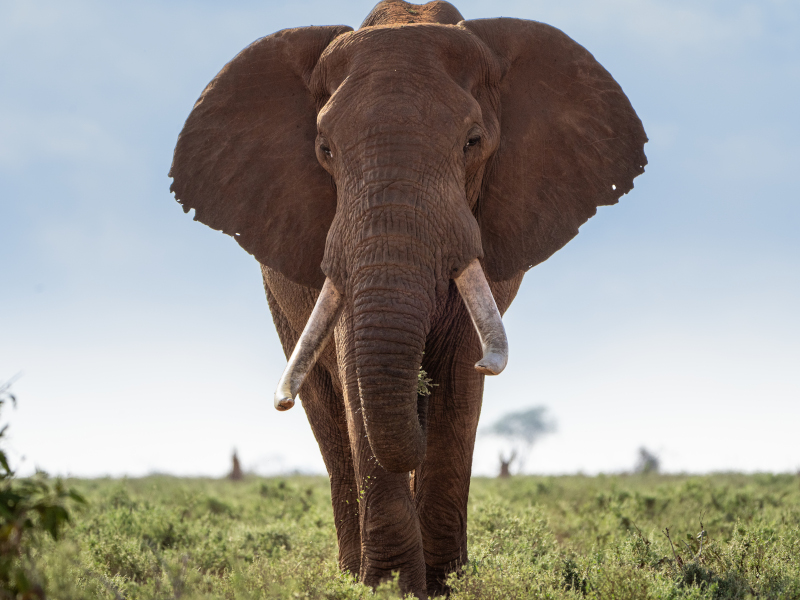
Tsavo Est Parco Nazionale
PARCO NAZIONALE DELLO TSAVO OVEST
“Land of Lava, Springs, Man-Eaters & Magical Sunsets”
Dalla vista di cinquanta milioni di litri di acqua cristallina che sgorgano da sotto la arida roccia vulcanica della roccia lavica è la Mzima Springs alle colate di lava Shetani, lo Tsavo Ovest è una bellissima e selvaggia natura selvaggia. L’ecosistema della savana comprende praterie aperte, boscaglie e boschi di acacia, cinture di vegetazione fluviale e creste rocciose tra cui il Poacher’s Lookout dove i visitatori possono vedere le mandrie brulicanti nelle pianure sottostanti.
Lo Tsavo Ovest offre alcuni dei più magnifici avvistamenti di animali al mondo e le attrazioni includono elefanti, rinoceronti, ippopotami, leoni, ghepardi, leopardi, bufali, diverse specie di piante e uccelli tra cui il “Corn crake” minacciato di estinzione e il vicino all’estinzione “Basra Reed Warbler”.
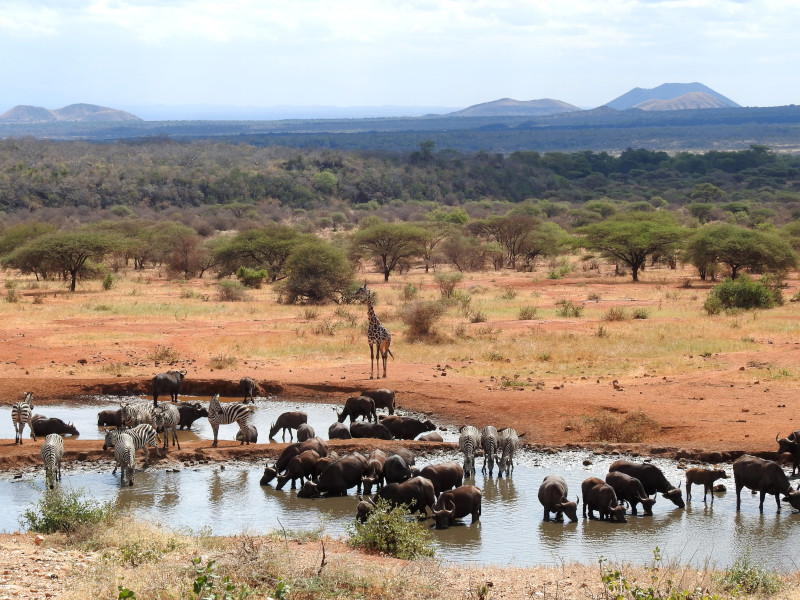
Tsavo Ovest Parco Nazionale
PARCO NAZIONALE DI AMBOSELI
“Home of the African Elephant”
Incoronato dal Monte Kilimanjaro, la vetta più alta dell’Africa, l’Amboseli Parco Nazionale è uno dei parchi più famosi del Kenya. Il nome “Amboseli” deriva da una parola Maasai che significa “polvere salata”, ed è uno dei posti migliori in Africa per vedere da vicino grandi branchi di elefanti. Gli amanti della natura possono esplorare cinque diversi habitat qui che vanno dal letto prosciugato del Lago Amboseli, le zone umide con sorgenti sulfuree, la savana e le foreste.
La vegetazione dominante del parco è la savana arbustiva, che circonda tutta l’area e nella quale le specie più rappresentative appartengono ai generi Acacia, Commiphora e Boswellia. Si può anche visitare la comunità locale Maasai che vive intorno al parco e sperimentare la loro cultura autentica.
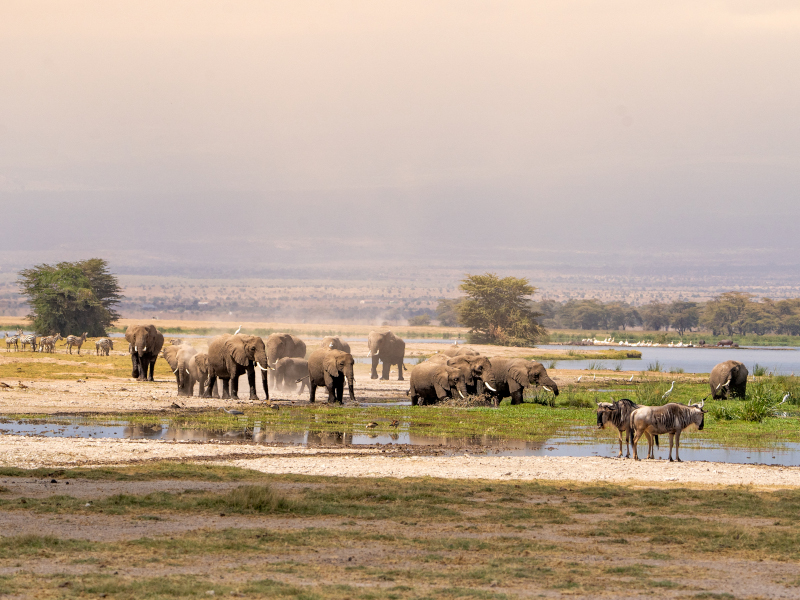
Amboseli Parco Nazionale
PARCO NAZIONALE DI NAIROBI
“The World’s only Wildlife Capital”
Il Parco Nazionale di Nairobi è un ‘area naturale protetta del Kenya, con un’estensione complessiva di 117 km². Situato a circa 10 km dal centro di Nairobi, costituisce un esempio, piuttosto raro, di Parco nazionale negli immediati dintorni di una grande città.
Le ampie pianure erbose e lo sfondo delle torri della città, i cespugli di acacia sparsi ospitano un’ampia varietà di fauna selvatica tra cui i rinoceronti neri in via di estinzione, leoni, leopardi, ghepardi, iene, bufali, giraffe e diversi uccelli con oltre 400 specie registrate. I visitatori possono godersi i siti di picnic del parco, tre campeggi e i sentieri per gli escursionisti.
Fra i mammiferi, si trovano nel parco quattro dei Big Five: il leone, il leopardo, il rinoceronte nero e il bufalo; l’elefante è assente.
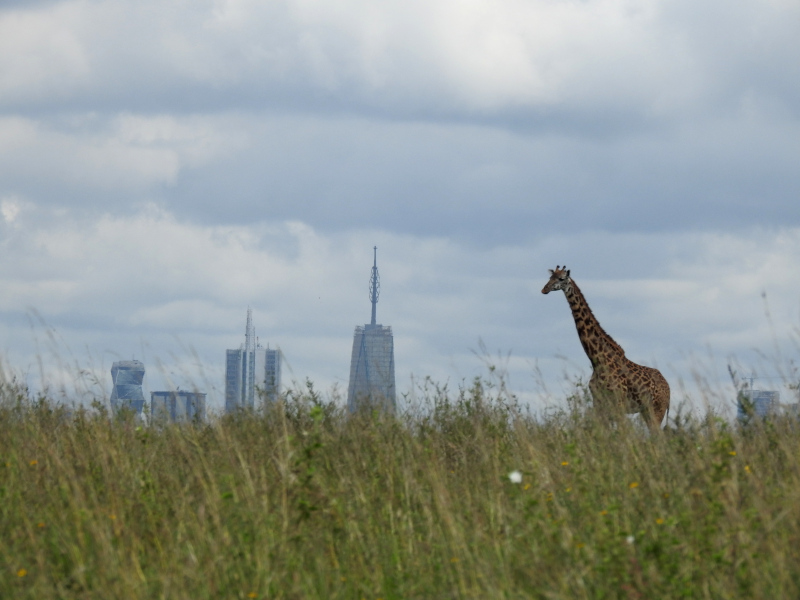
Nairobi Parco Nazionale
MONTE KENYA PARCO NAZIONALE
“Come touch the Sky”
Salendo fino a 5.199 metri, il Monte Kenya è la seconda montagna più alta dell’Africa. Lo scenario che circonda questo sito dichiarato Patrimonio dell’Umanità è mozzafiato. È una natura selvaggia incontaminata con laghi, laghetti, ghiacciai, fitte foreste, sorgenti minerali e una selezione di specie animali rare e in via di estinzione, selvaggina di pianura adattata ad alta quota e vegetazione montana e alpina unica. I visitatori possono praticare alpinismo, campeggio e speleologia con le aspre vette ricoperte di ghiacciai che offrono lo sfondo perfetto.
Ad un’altitudine minore gli animali più diffusi sugli alberi sono i Colobus ed altre scimmie, mentre sul terreno, oltre agli elefanti, vivono numerosi gli Ilocheri (mammiferi della famiglia Suidae) ed i bufali. Molto raro, invece, il Bongo di montagna.
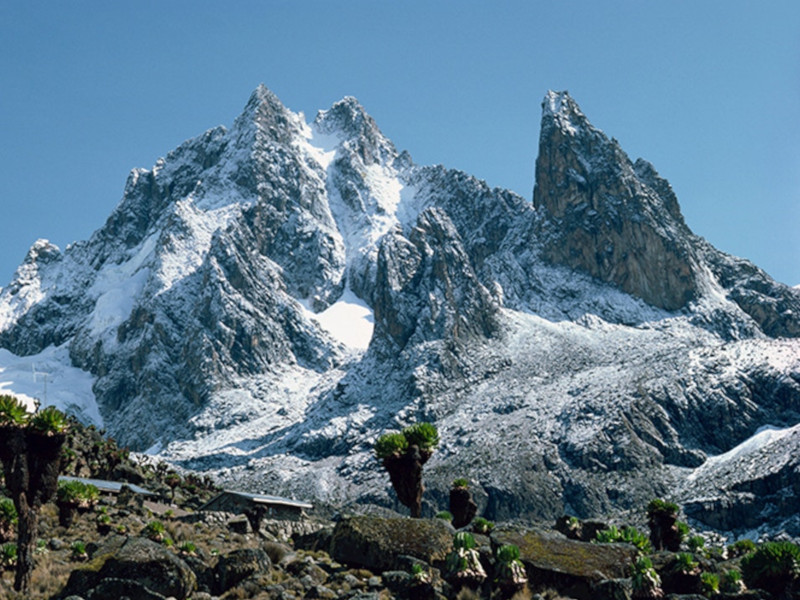
Monte Kenya Parco Nazionale
PARCO NAZIONALE DI NAKURU
“A beautiful wildlife haven”
Sul pavimento della Great Rift Valley, circondato da prati boscosi e cespugliosi, si trova il bellissimo Parco Nazionale del Lago Nakuru. I visitatori possono godere dell’ampia diversità ecologica e dei vari habitat che vanno dal Lago Nakuru stesso alla scarpata circostante e alle pittoresche creste. Il Lago Nakuru Parco Nazionale è l’ideale per il birdwatching, le escursioni, i picnic e i safari. Il parco preserva un habitat che è considerato uno dei siti più importanti al mondo per l’alimentazione del fenicottero minore (Phoenicopter minor).
Il parco ha una biodiversità molto elevata, composta da 70 specie di mammiferi, 400 specie di uccelli e oltre 200 specie di piante. Il Parco ospita il Rinoceronte bianco che causa il bracconaggio è considerata una specie a rischio di estinzione.
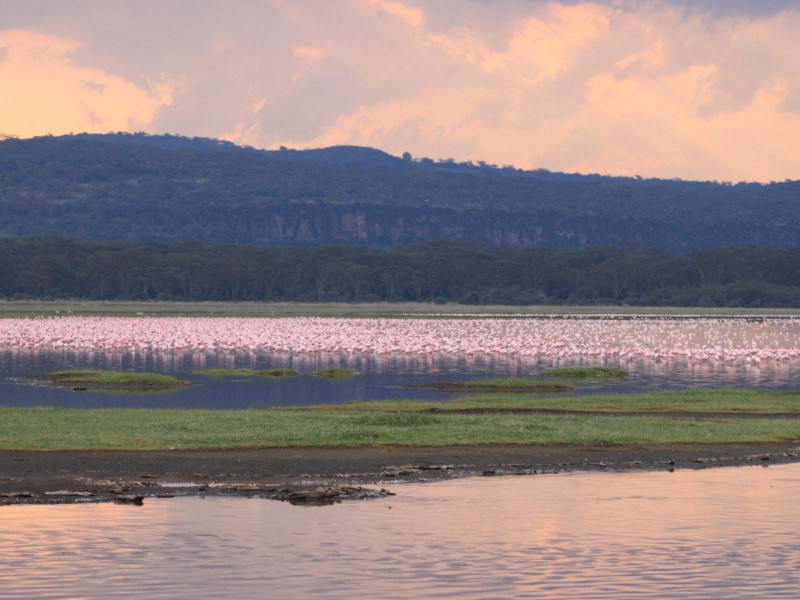
Lake Nakuru Parco Nazionale
PARCO NAZIONALE DI MERU
“Complete Wilderness”
Brillanti su una scala magnifica, i parchi gemelli di Meru e Kora presentano una giungla lussureggiante, fiumi che scorrono, paludi verdeggianti, praterie color cachi e cattedrali di termiti scarne, il tutto sotto la grande conca blu del cielo. Poco visitato e assolutamente incontaminato, pochi posti sono paragonabili all’atmosfera remota e aspra che si trova qui. I visitatori possono vedere la zebra di Grevy, elefanti, Bohor reedbucks, hartebeests, pitoni, vipere, cobra, bufali e più di 427 specie di uccelli registrati.
Durante gli anni ’50 il parco ospitava i due conservazionisti Joy e George Adamson. La loro esemplare storia sulla reintroduzione della leonessa Elsa nell’ambiente naturale, è stata resa famosa dal libro e dal film “Nata libera” (Born Free) girato in gran parte in questo Parco.
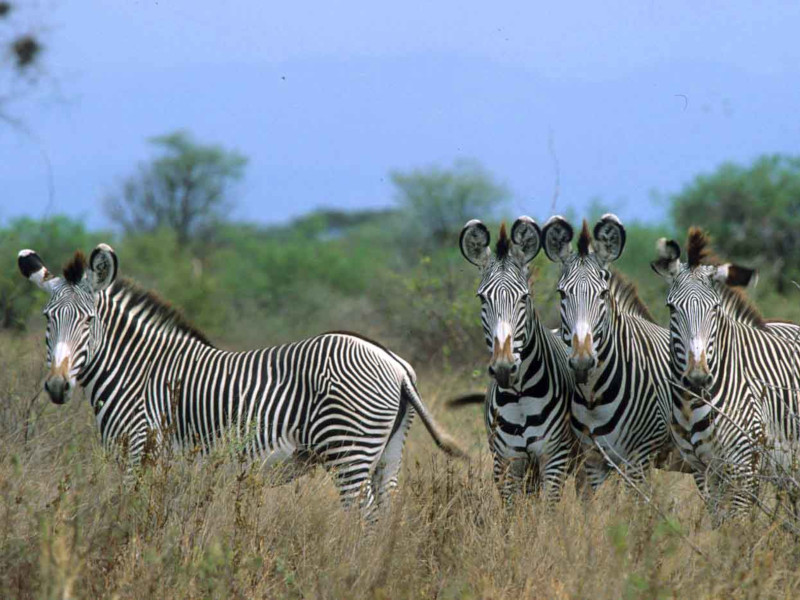
Meru Parco Nazionale
SPAZI INFINITI E INCONTAMINATI
Contatti
Contattaci per pianificare il safari dei tuoi sogni e vivere un'avventura indimenticabile in Kenya.
NURALI SAFARIS LTD
P.O. Box 5882
Malindi – Kenya
